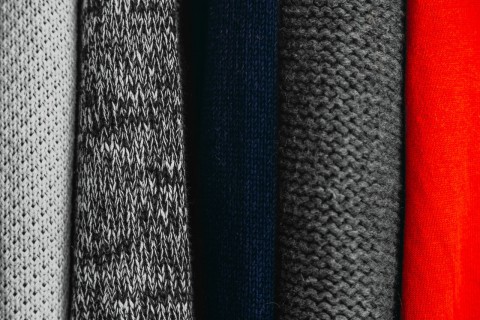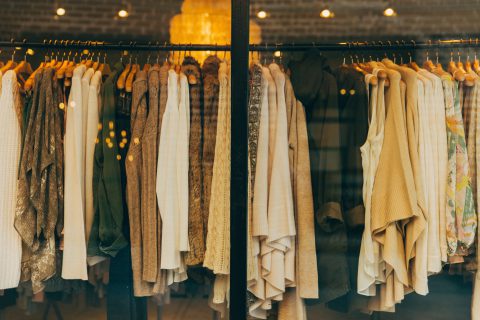A Final Farewell to Fast Fashion

When it comes to your wardrobe and personal style, “fast fashion” is the last phrase you should want to use to describe it.
Fast fashion is essentially the trend of clothing being quickly turned around from the runway to lower-end stores. Since the goal is to have these items of clothing on the rack as quickly as possible, companies tend to skirt the corners in production. This means the quality is low, so the clothing is more likely to rip, snag, break down, and in general fall apart sooner than a more expensive, better-made piece of clothing.
The clothing companies selling fast-fashion want to sell as much as possible in short amounts of time, which is why the price of these items is so low. A lower price is more likely to persuade shoppers to buy the shirt just for the hell of it, even though they might not like it all that much and it feels cheap. You might only spend about $10 dollars on a trendy patterned skirt, but if you’re not really in love with the trend, you won’t wear it very much, if you even wear it all.
You can spot fast fashion in stores like Forever 21, H&M, Old Navy, and all of the other “affordable” stores you find in American shopping malls. These stores have every trend shoppers could possibly want, but nothing that will last them more than one season.
Fast Fashion is Not Worth Your Time or Money
So what’s the big deal with all of this? You’re only spending a few bucks, right? Be honest for a second. Your closet is probably riddled with these fast fashion pieces, and some of them probably still have tags. When you add up the prices of those pieces, it becomes alarming. You’ve spent hundreds of dollars on clothing that you don’t love, and now they’re just hanging in your closet.
Instead of purchasing several cheap pieces you know you probably won’t wear, you could have taken that money to buy high quality clothing you’d enjoy wearing—and that will last—for years. The pieces in your wardrobe are important for several reasons.
Of course, you want to make sure it’s money well-spent, but your wardrobe is also a reflection of you. You don’t want a wardrobe made up of cheap pieces, items that don’t do your body shape any favors, or clothing that’s excessively trendy (looking at you, Chevron lovers).
What you wear tells the world who you are. You need to keep this in mind when shopping. Does that shirt deserve a place in your closet? Will it fit in with the clothing you love to wear? Does it make you feel good about yourself? If the answer is no, leave it in the store.
The Environment Suffers
The more important issue with fast fashion is how it affects the environment. Fast fashion is made from low quality materials. These materials are more often than not dangerous when decomposing, particularly cotton. Since these pieces aren’t durable enough to keep for years, they usually end up in landfills where they just sit and rot. All of that discarded clothing takes up a lot of space in the landfills, which are already overflowing and causing environmental issues.
The companies selling fast fashion want the pieces made quickly, but they also want them transported quickly from the factories they made in overseas. That means there’s a lot of environmental damage done having these items shipped in a hurry.
Fast Fashion Hurts Others
The people making these clothing items are also being hurt by the fast fashion industry. Sweat shops in Asian countries are out of control. The facilities aren’t safe, the employees aren’t paid enough to live on, and they certainly aren’t abiding by environmentally friendly practices. Documentaries like The True Cost highlight these dangerous working conditions and how they harm the workers, communities, and the environment.
In response to the film, some clothing companies have stated they are implementing new, safer ways of manufacturing; however, it will be a long time for the environment to heal. The best way to help it along is to stop shopping at fast fashion stores and instead look to purchase clothing made ethically, with good materials and craftsmanship, and with a design and cut you’ll enjoy wearing for years rather than weeks.
This video by Grist shows how damaging the fast fashion industry is to everyone and breaks down the ways you can do your part to reduce its impact. The next time you head out to do some major shopping, think about the quality of the purchase and how much you actually like it before sliding your card. Doing your part to end fast fashion is as easy as changing your shopping habits and being more intentional in what you buy.
Follow Terra on Instagram: @terrabrown3
Last modified on January 6th, 2017






Show Comments +